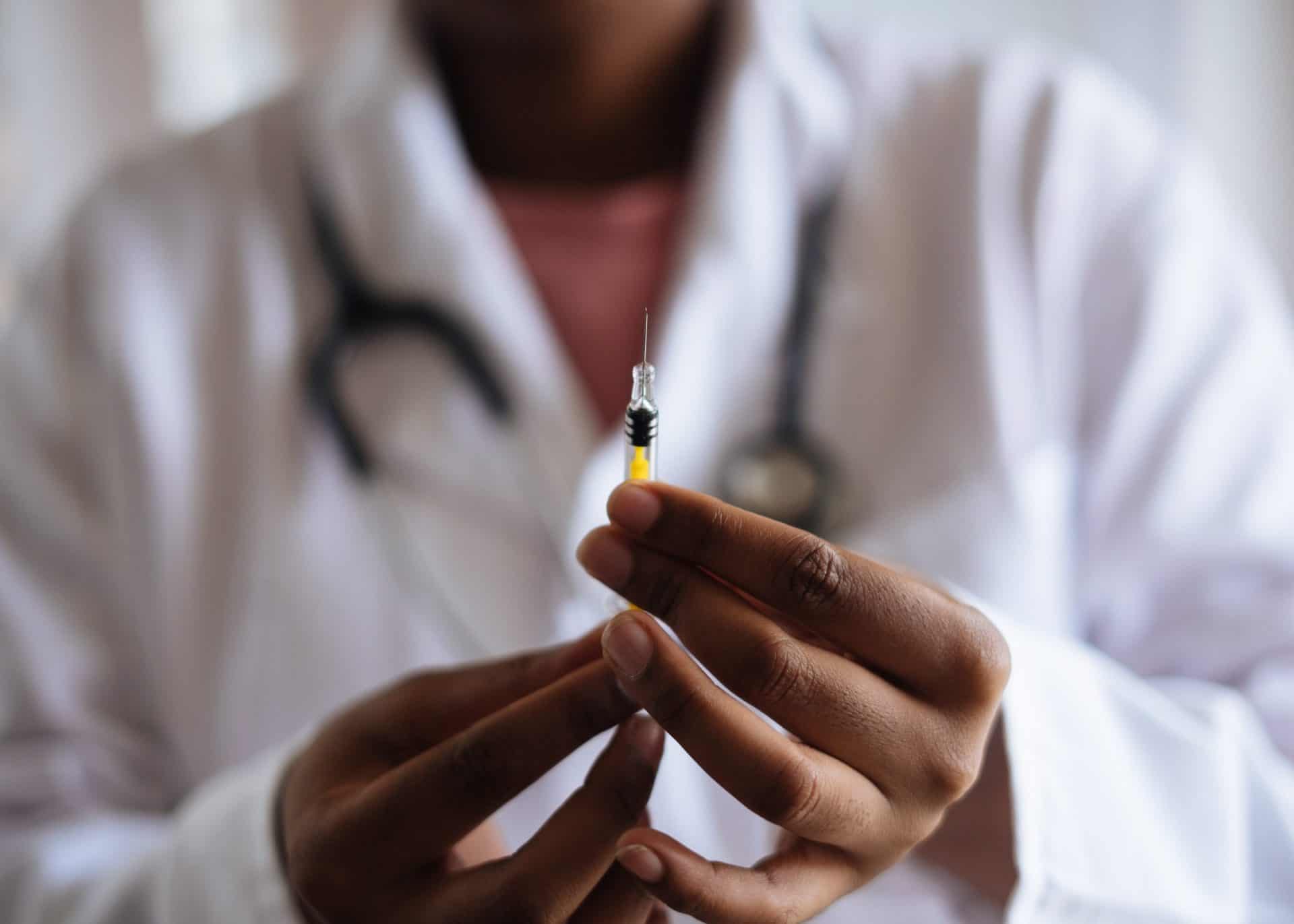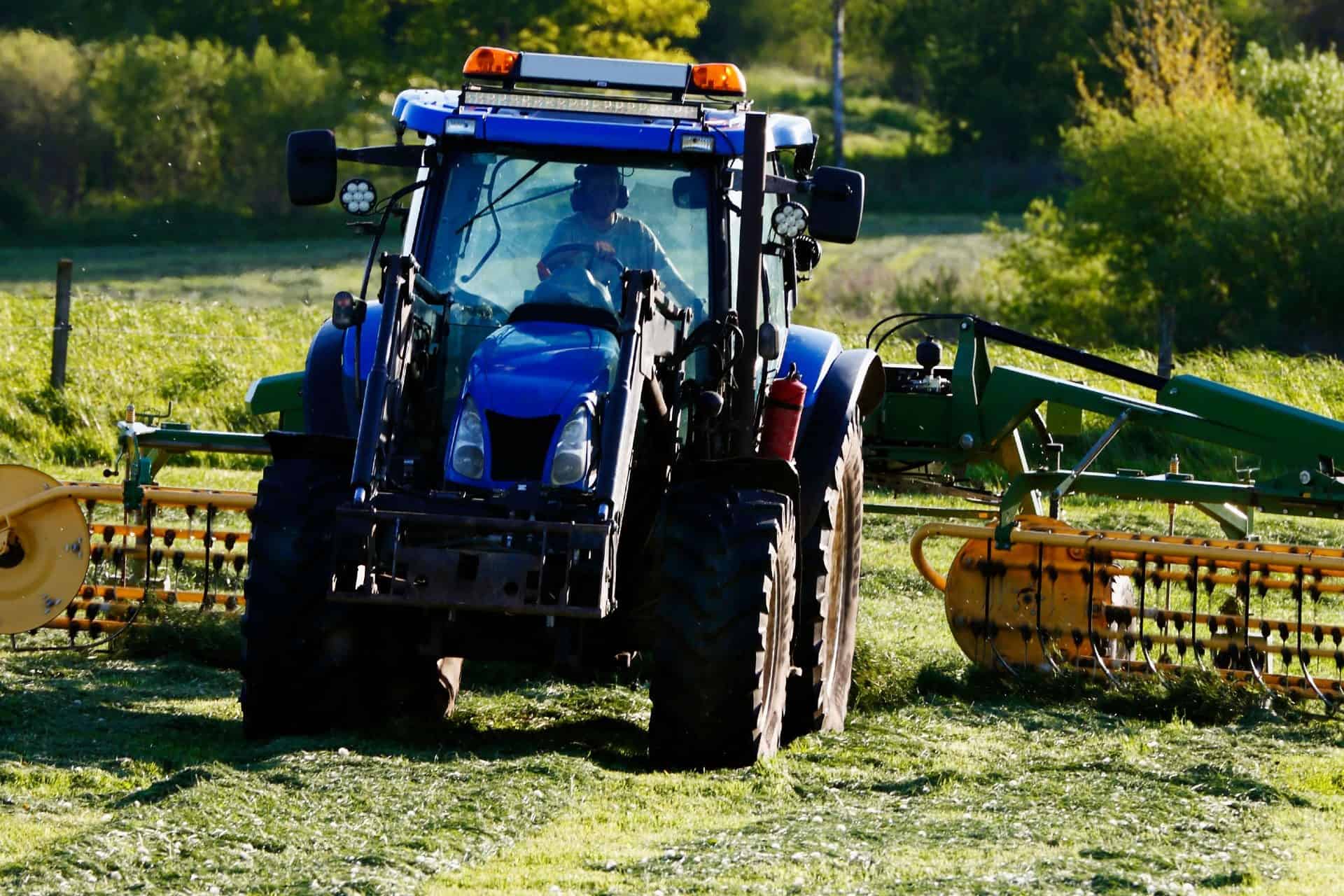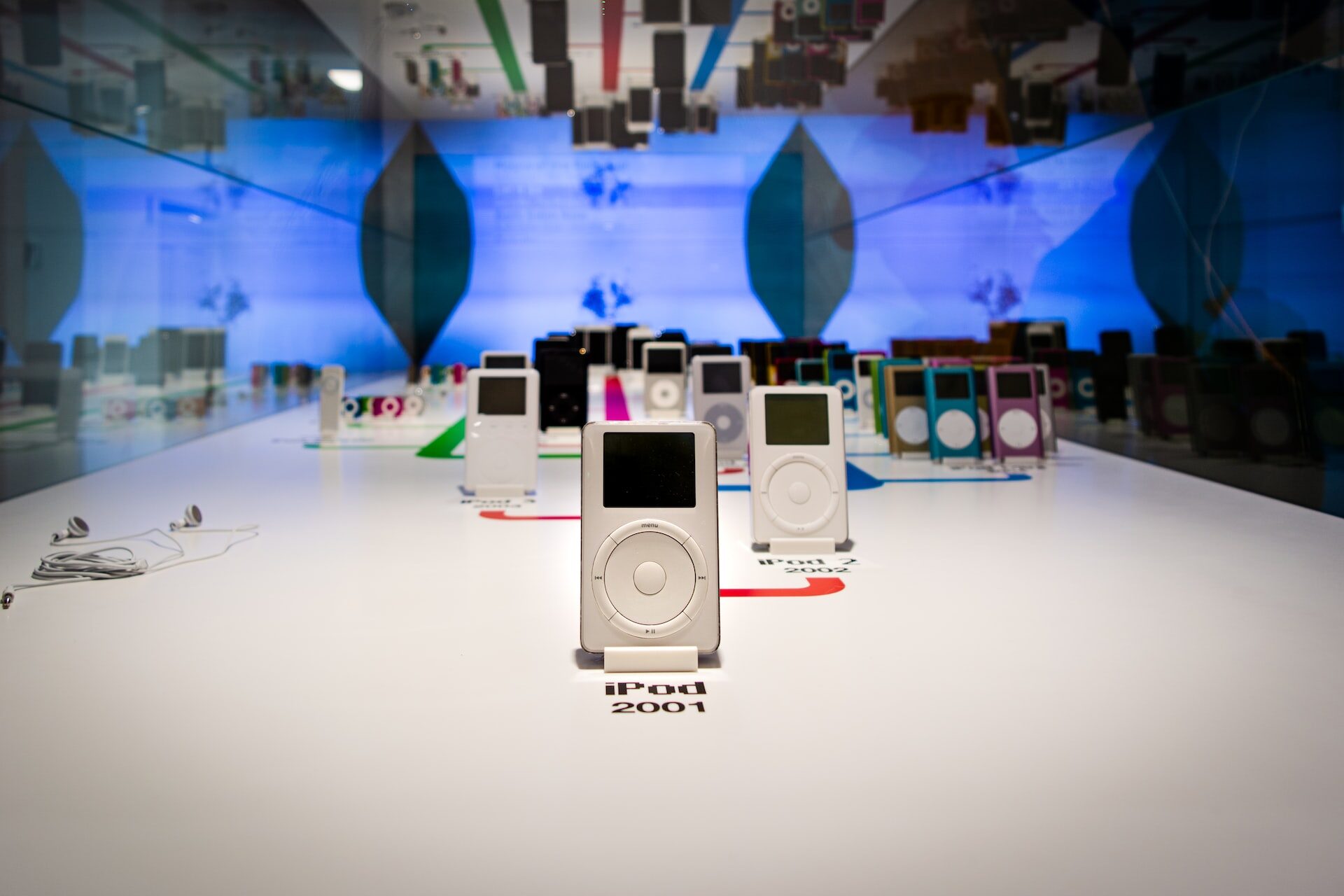
Increased Vaccine Production Around the World Helps Us Head Towards a New Normal
October 1, 2021 - Emily Newton
Revolutionized is reader-supported. When you buy through links on our site, we may earn an affiliate commission. Learn more here.
Less than two years ago, people around the world anxiously wondered if scientists would ever develop a successful vaccine against COVID-19. Now, several highly effective options exist, and concerns have shifted towards COVID vaccine production and global distribution.
The COVID-19 pandemic poses exceptionally daunting challenges because the virus has spread so rapidly, affecting almost everyone on the planet to some degree. However, the responsible parties have made impressive progress in scaling up production. Here’s a look at how the world got to this point and what obstacles remain to conquer.
COVID Vaccine Production Began Long Before the Pandemic
Many people don’t realize that hard work that allowed for such relatively quick COVID vaccine production started years before the world had ever heard of COVID-19, or experts started to worry about it.
The scientists who developed the Astra-Zeneca vaccine at the University of Oxford previously learned some tough lessons while working to stop the Ebola virus. In short, the process was too slow, meaning that 11,000 people died during a two-year outbreak. However, the researchers involved realized it was necessary to create a fast, flexible vaccine using a “plug and play” approach.
The team created the foundation for it by working with a common cold virus affecting chimpanzees. They engineered it for easy modification that would make it work against any target the immune system must learn to attack, called the antigen.
It was a similar story with the Pfizer and Moderna vaccines. Researchers had previously tried to develop those mRNA types against other diseases and used their accumulated knowledge to speed the overall process.
Plus, although this was a new coronavirus, researchers have studied that virus family for decades. Genetic sequencing advancements also allowed scientists to see the SARS-CoV-2 viral sequence in only 10 days.
The Global Impact Sped Development
Since COVID-19 had such fast and tremendous ramifications, it raised people’s interest in collectively doing whatever they could to help a vaccine become available as soon as possible. Governments and private funders collaborated to contribute money and remove the funding obstacles that often limit scientific progress.
Plus, initial efforts to prepare manufacturing facilities began as clinical trials progressed. That meant COVID vaccine production began with virtually no delays.
Clinical trial recruiters also did not face their usual struggles with getting people interested in volunteering to test the vaccine. A related factor was that the disease was so active in the places where trials occurred that it did not take manufacturers as long as it otherwise might to get the data they needed to determine if the vaccines worked.
That did not mean the trials happened with no issues, though. Astra-Zeneca and Johnson & Johnson both temporarily stopped theirs to probe potential safety issues. Once investigators and regulators deemed there were no problems with proceeding, the studies resumed.
Production Is Not Evenly Distributed
It probably comes as no surprise that there are numerous frontrunners in COVID vaccine production. As of March 2021, China was in the lead with 141.6 million, while the United States held second place by making 103 million. India is another country that’s crucial for helping the world reach a new normal.
The country has a long history of pharmaceutical production. Indian pharmaceutical companies produce more than 50% of the vaccines needed to immunize the world against various health threats. However, export caps limited the number of doses leaving India, particularly as officials tried to curb the COVID-19 spread within the nation’s borders.
Pharmaceutical companies often assess options for localizing production to increase resilience for in-demand products. However, it’s unfortunately not feasible to set up vaccine factories in every country that needs doses. Plus, wealthier nations have the resources to negotiate better deals with manufacturers, leaving poorer countries shut out.
An initiative called the COVID-19 Vaccines Global Access Facility, more commonly known as COVAX, is a global effort to reduce this inequality.
What To Know About COVAX
COVAX facilitates access for both self-financed and funded countries that need COVID vaccines. Self-financed nations get guaranteed doses to vaccinate a certain proportion of their residents, depending on how much they buy into the COVAX scheme.
Then, funded countries will get enough supplies to vaccinate at least 20% of their residents in the long term, subject to resource availability.
Sadly, growing evidence suggests that COVAX sounds like a great idea in theory that will fall short in reality. The goal was to distribute 2 billion doses in 2021, in a major victory for COVID vaccine distribution. However, by late August, the initiative had delivered only 11% of the target. Plus, only 2.7% of Africans have received doses compared to 47% of Europeans.
One of the major issues is that manufacturers have consistently failed to meet COVAX agreements. Thus, affected countries often receive smaller-than-expected orders or get their doses late.
Increased Production in Latin America and the Caribbean
Boosting vaccine output around the world cannot happen quickly if a producing region has no prior experience making the COVID-19 vaccines. As a case in point, the Pan American Health Organization (PARO) recently announced intentions to begin dealing with a shortage of vaccines in the Caribbean and Latin America by launching a production platform there.
As of late August 2021, 30 public and private entities had shown interest in helping transfer the technology to the region so that vaccine production could start. However, PARO needed to examine the proposals and choose the most promising options.
A future step involves looking at existing manufacturing facilities in the region to see which are the most feasible for vaccine production. That approach is faster than constructing new buildings, but getting the first doses made could still take a while.
Collaborating with all the associated parties is not straightforward, either. Anyone who has ever worked on a group project knows that people express numerous opinions about the best ways forward. It takes time to reach agreements. However, the sheer urgency of the COVID-19 crisis should help participants stay focused.
Manufacturers Resist Patent Waivers
Another matter complicating COVID vaccine production is that manufacturers are reluctant to share their patented technology and know-how that nations need to ramp up production closer to home. Russia was an outlier when it licensed its Sputnik vaccine to 34 companies located in other countries. However, the new manufacturers ran into obstacles once realizing that the vaccine’s second dose has a different composition that makes it more difficult to mass-produce.
Even as advocacy groups call for change to happen, many are understandably getting fed up with the slow or nonexistent progress. As of September 2021, J&J only had one partnership outside of existing deals to package their vaccines. That lone agreement was with an Indian company. Pfizer, BioNTech and Moderna have yet to create any manufacturing partnerships with any companies in South America, India or Africa.
The vaccine makers largely respond to criticism against letting other countries assume manufacturing duties by asserting that it takes too long to get additional factories equipped. The makers also worry about quality control issues. They typically assure the public they’re ramping up production in their facilities to keep up with demand.
Recent projections indicate it could take until 2023 for some countries to get the vaccines needed to vaccinate their populations. Manufacturer resistance is not the only issue at play, but it’s a key obstacle.
On the other hand, the United States has wasted at least 15 million doses since March 2021. That’s due to a number of factors, from vaccines spoiling due to improper handling and difficulties finding enough people to sign up to get doses from the available vials.
The Best Vaccine Is the First Available?
In places where the vaccine is widely accessible, people often ask which vaccine they should get, usually when they have a choice between several. The frequently given answer is that the person should get the first dose available to them. That makes sense in many cases.
After all, although the overall efficacy varies depending on the vaccine, all options currently distributed are safe and effective against complications from COVID-19.
When it’s not feasible for a continent or nation to set up enough facilities for more localized manufacturing, public health organizations often urge the leaders of wealthy countries to donate doses to the places in need.
However, complications recently arose for Africans who got doses donated by the United Kingdom. More specifically, the United Kingdom will not recognize those recipients as inoculated. Public health officials working in African nations assert that the stance sends a confusing message that could worsen vaccine hesitancy.
The United Kingdom, along with many other places, has different entry rules for vaccinated and unvaccinated people. Those in the second category usually must take COVID-19 tests upon arrival and quarantine for several days, while vaccinated individuals do not have to do those things.
It’s a positive development when richer nations or regions donate vaccines to the places that cannot manufacture them. However, rules like those imposed by the United Kingdom understandably sow discontent.
Better Vaccine Availability Improves Public Health
As more parts of the world get COVID-19 vaccines, whether through donations, purchases from the manufacturers or domestic production, that result will enhance public health. Many people take conscious steps to keep themselves healthy, but they don’t realize how those actions affect others, too.
For example, people who smoke are at a higher risk of catching certain infectious diseases. Smokers or others who go out in public while ill may have adverse effects in their communities by spreading illnesses to others.
People quickly learned how hand-washing, mask-wearing and social distancing could keep themselves and others safer from COVID-19 outbreaks. That’s still true now, even in the parts of the world that have easy access to vaccines.
Although many people worked together for the greater good throughout the COVID-19 pandemic, others have arguably paid too much attention to what happens close to home. That has a negative ripple effect on the world, especially since large segments of unvaccinated populations could accelerate the development and spread of new variants that resist vaccines.
Ivan Duque, the president of Colombia, recently addressed the United Nations General Assembly to assert that the world must work together to solve vaccine inequity. He cited how many countries have enough doses to protect six or seven times their population sizes, while others have yet to receive any vaccines.
Working Together To Achieve Increased Vaccine Production
Making vaccines more widely available everywhere is a gigantic undertaking. That’s largely due because finding the way forward requires a case-by-case approach. Some nations have up-to-date production facilities but need patented information from the manufacturers before launching initiatives to increase output. Other countries are not prepared to make vaccines domestically on a large scale and will be more reliant on nations with large quantities to donate.
Even though there’s no simple strategy, awareness of the issue goes a long way. COVID-19 has a higher chance of remaining a devastating threat for longer as more places lack the necessary doses.
People can certainly feel grateful if they live somewhere that has enough vaccines. However, they should also consider individuals elsewhere and the access they lack.
Then, those who feel so inclined can do their part to spark change, whether that means writing an email to a government official, donating money to groups working to distribute or manufacture vaccines or simply sharing details of the vaccine inequality issue during conversations with friends and family.
Revolutionized is reader-supported. When you buy through links on our site, we may earn an affiliate commission. Learn more here.
Author
Emily Newton
Emily Newton is a technology and industrial journalist and the Editor in Chief of Revolutionized. She manages the sites publishing schedule, SEO optimization and content strategy. Emily enjoys writing and researching articles about how technology is changing every industry. When she isn't working, Emily enjoys playing video games or curling up with a good book.




